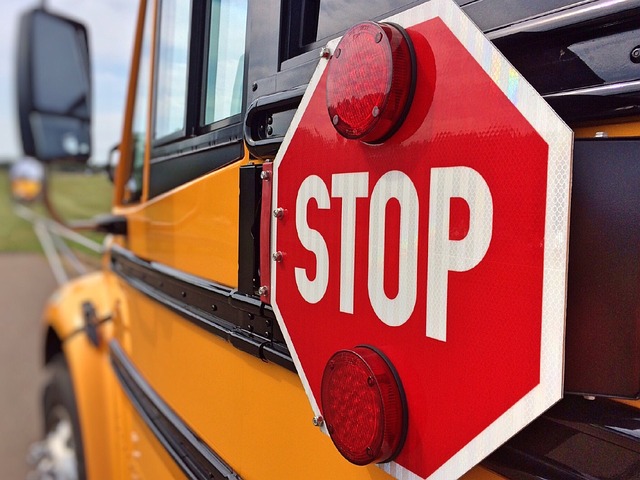Lunenburg County schools hit by federal freeze
Published 12:26 pm Saturday, July 19, 2025
|
Getting your Trinity Audio player ready...
|
Classes may not have started yet, but school districts both in Lunenburg and around the country find themselves facing some potentially uncomfortable decisions. Billions of dollars in federal grants were frozen on July 1, money that funds everything from afterschool programs to remediation and special education needs. Now districts have to decide what they can afford to offer, while trying to understand if this money is ever coming back.
July 1 is the start of the new fiscal year for school districts. As a result, that’s also when they get federal grant funding, money they have already applied for and had that application approved.
The federal government sends the money to the states and the states in turn send it to the respective school districts. Instead of the money this time, on July 1 state governments got an email from the U.S. Department of Education saying that “decisions (had) not been made” if the grants should be approved this year. However those federal grants are allocated each year by Congress, which had already taken a vote to authorize them. That was part of the ‘Big Beautiful’ budget bill, which President Donald Trump officially signed into law earlier this month. So it wasn’t a case of decisions not being made.
Trending
Since that first email, the federal Department of Education has informed states the grants are being held back, pending a review. However, it hasn’t been said how long the review could take or even what’s being examined. As a result, school districts have to figure out what they’re going to do when students arrive in a couple of weeks.
What’s being cut?
Five grants were part of the $6.8 billion freeze. There is Title IV, Part A, which is funding for student support and enrichment programs; Title IV, Part B, which is funding to help build 21st-century learning centers and Title II, Part A, which includes grants for educator development. These are the programs which impacted the most schools both in this region and across the country. The other two grants are what some educators believe triggered the review, although again it’s unclear why they couldn’t have been pulled out on their own.
The final two grants are Title I, Part C, which is funding for migrant education and Title III, Part A, which funds programs for those who have English as a second language. The total for all five adds up to $6.2 billion. The remaining $600 million comes from money set aside for adult learner programs.
The problem is twofold. First, there’s the money that was budgeted, which now isn’t there. Second, there’s been no clear response either saying yes, eventually the money will get there or no, this is permanently going away. Without that, it’s hard for districts to make decisions. Do they eliminate programs that were funded by federal dollars and fire the teachers they hired? What if the money shows up in a month or two? Or do they continue on as if everything was normal, only to face shortfalls when the money doesn’t arrive?
Looking at Lunenburg
According to Lunenburg County Public Schools Superintendent Dr. Sharon Stanislas, this freeze has taken up to $200,000 out of the district budget.
“At this time, we are actively assessing the implications and determining the best course of action,” Stanislas said.
Again, there’s been no definite answer from the federal government, so it’s not guaranteed the money is permanently gone. But it’s also not guaranteed to show up. Stanislas said the district will do their best to keep everything moving forward.
“We remain committed to maintaining the quality of our programs and services and will keep the public informed as more details become available,” she said.
Looking across the region, there’s several programs impacted by this. Across Congressional District 5, represented in Congress by John McGuire, there’s a total of $8.723 million at risk. That’s $4.679 million from the Title II, Part A grant; $475,000 from the Title III, Part grant; $2.263 million from Title IV, Part A and $1.306 million from Title IV, Part B.
District 5 stretches from Charlottesville all the way to Southside, including all of the counties in this region, from Buckingham, Cumberland and Prince Edward to Lunenburg and Charlotte.
What happens next?
On a state level, this is going to a lawsuit. A total of 24 states and the District of Columbia have filed to challenge the freeze, demanding that the money be released. Virginia is not one of those states, as Attorney General Jason Miyares declined to join the lawsuit. At the end of this week, federal officials said some of the money, focused on after-school programs, could be released soon. However, there was no indication how much would be released or when that would happen.



